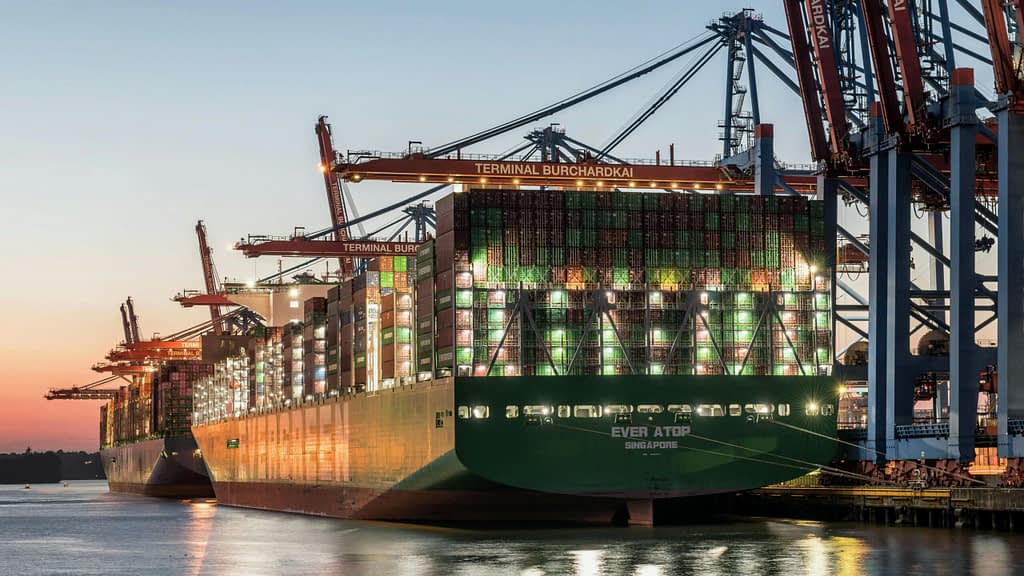Two days of negotiations between the United States and China in London brought an unexpected breakthrough in trade relations between the world’s largest economies. After twenty hours of intensive discussions, delegations reached a framework agreement designed to restore the flow of sensitive commodities and technologies between both nations.
Major Shift in Rare Earth Supply Chains
US Commerce Secretary Howard Lutnick announced that China committed to accelerating rare earth deliveries, critical for American automotive and defense industries. In exchange, Washington will ease some of its export controls. This step represents a significant shift in both sides’ approach to technology trade.
A positive signal came even before the negotiations when Chinese rare earth magnet manufacturer JL Mag Rare-Earth Co. received export permits for deliveries to the US, Europe, and Southeast Asia. The company’s shares rose up to 12 percent to their highest level since 2022.
Key Points of the London Agreement
The negotiation results encompass several crucial areas:
- Accelerated rare earth deliveries – China committed to removing barriers in exporting materials essential for electric vehicle and defense system production
- Reduced US export controls – Washington will ease some technological restrictions in exchange for Chinese concessions
- Geneva consensus implementation – Both sides will return to last month’s agreement that reduced tariffs
- Continued negotiations – Representatives will address overcapacity, unfair trade practices, and fentanyl issues over the next 60 days
Rare Earths as Strategic Leverage
China controls approximately 70 percent of global rare earth production, giving it significant leverage in trade disputes. These materials are indispensable for:
- Electric and hybrid vehicle manufacturing
- Wind turbines and solar panels
- Defense technologies and missile systems
- Consumer electronics and telecommunications equipment
Chinese rare earth magnet exports dropped 54 percent year-over-year in April, illustrating the situation’s severity before the London talks.
Legal Challenges to Trump’s Tariffs
Meanwhile, a US appeals court allowed global tariffs to continue, representing a victory for the Trump administration. The court rejected a temporary tariff suspension and established expedited proceedings with a hearing scheduled for July 31.
The tariffs include a global 10 percent levy, April’s “Liberation Day” tariffs, and measures against China, Canada, and Mexico over fentanyl trafficking. Critics argue the president exceeded his authority using the 1977 International Emergency Economic Powers Act.
Global Market Impact
Initial market reactions were mixed – US equity futures declined slightly while China’s onshore benchmark rose 0.9 percent. Analysts expect positive reception from investors who feared complete decoupling of the world’s largest economies.
Charu Chanana from Saxo Markets comments: “Markets will likely welcome the shift from confrontation to coordination, but we’re not out of the woods yet – it’s up to Trump and Xi to approve and enforce the deal.”
Future of US-China Relations
The framework agreement now awaits approval from both countries’ presidents. The negotiations demonstrated how crucial export controls have become in modern trade warfare, where access to rare metals or microchips can give one economy advantage over another.
The next round of negotiations is expected in coming weeks, with fentanyl issues remaining a priority, which the Trump administration cited as justification for imposing 20 percent tariffs on China.




